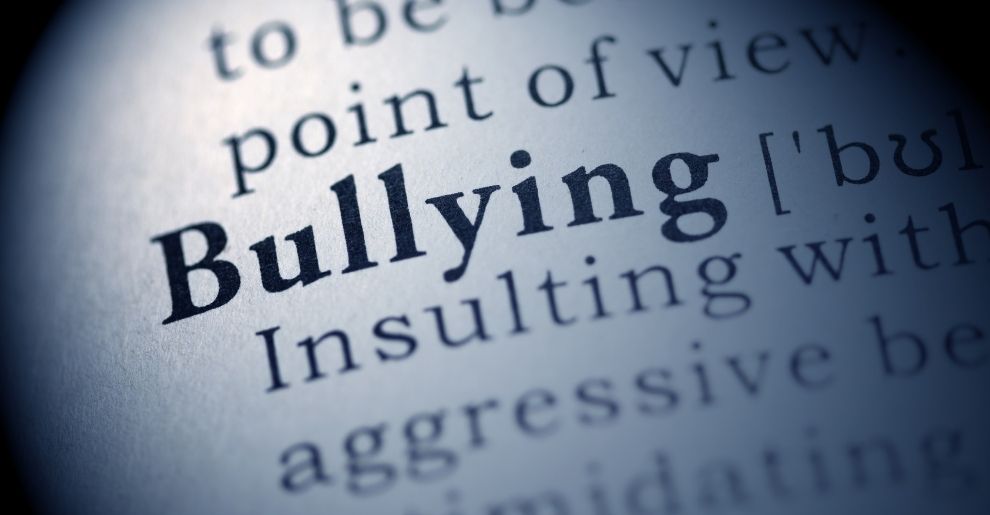Bullying in the workplace – how to recognise it

In the run-up to this year’s Anti-Bullying Week, which runs from 15th- 19th November 2021, employers are being encouraged to be more aware of bullying and harassment in the workplace and the impact it can have on employees.
Experiencing unfair treatment in the workplace can be distressing and can have an impact on people’s lives both in and out of work. As an employee, you may be worried about your financial situation if you leave, your performance at work, or suffer from low self-esteem. However, there are laws to protect employees from such treatment, but you must first understand what type of negative treatment you are experiencing under the law. In this article, we look at what bullying in the workplace is, and what you can do if you are a victim.
What is bullying?
Bullying is where you experience behaviours from a person or group of people that make you feel uncomfortable, frightened, made fun of, or put down.
What are some examples of bullying in the workplace?
Bullying can take many different forms, but typical examples include:
- Someone continually putting you down in meetings or in front of superiors
- Someone spreading rumours about you
- When you are prevented from joining in social events by the rest of your team
- When your boss doesn’t let you attend training or social events but allows everyone else
Bullying can be a regular pattern of behaviour or a one-off incident and doesn’t necessarily have to happen at the workplace. It is possible to experience bullying at a workplace social event, on social media, by email or phone call or face-to-face.
It is also possible to experience bullying from junior members of staff if you are a more senior employee. This is known as upwards bullying and may include actions such as:
- Refusing to carry out instructions or tasks you have delegated to them
- Spreading rumours about you
- Showing disrespect towards you
- Doing things to make you seem incompetent
What is the difference between bullying and harassment?
Bullying is deemed to be harassment under the law where it is related to a protected characteristic. The protected characteristics are:
- age
- disability
- gender reassignment
- race
- religion or belief
- sex
- sexual orientation
What can I do about bullying in the workplace?
You should speak to those involved in the bullying and explain how the behaviour makes you feel. If you do not wish to speak to them face to face, you could set out the facts in an email. You may also be able to speak to a trade union representative or someone else at work to help you.
Where there is a pattern of bullying, you should try to keep a record. Include details such as:
- The date and time of the incidents
- Evidence such as emails, screenshots or details of any witnesses
- The effects of the bullying such as how it made you feel or any impact on your performance at work
The Equality and Human Rights Commission recommend that every business has a written policy, setting out how harassment at work is unlawful and making sure all staff understand that such behaviour will not be tolerated and may be treated as a disciplinary offence.
Giving specific examples of what constitutes unacceptable behaviour in different situations is useful in helping people understand boundaries, together with guidance to staff on how to respond and deal with such behaviour.
Does your employer have a written policy?
If you would like any more information relating to this article, then please feel free to contact us on 020 8221 8000.
This is not legal advice; it is intended to provide information of general interest about current legal issues.
